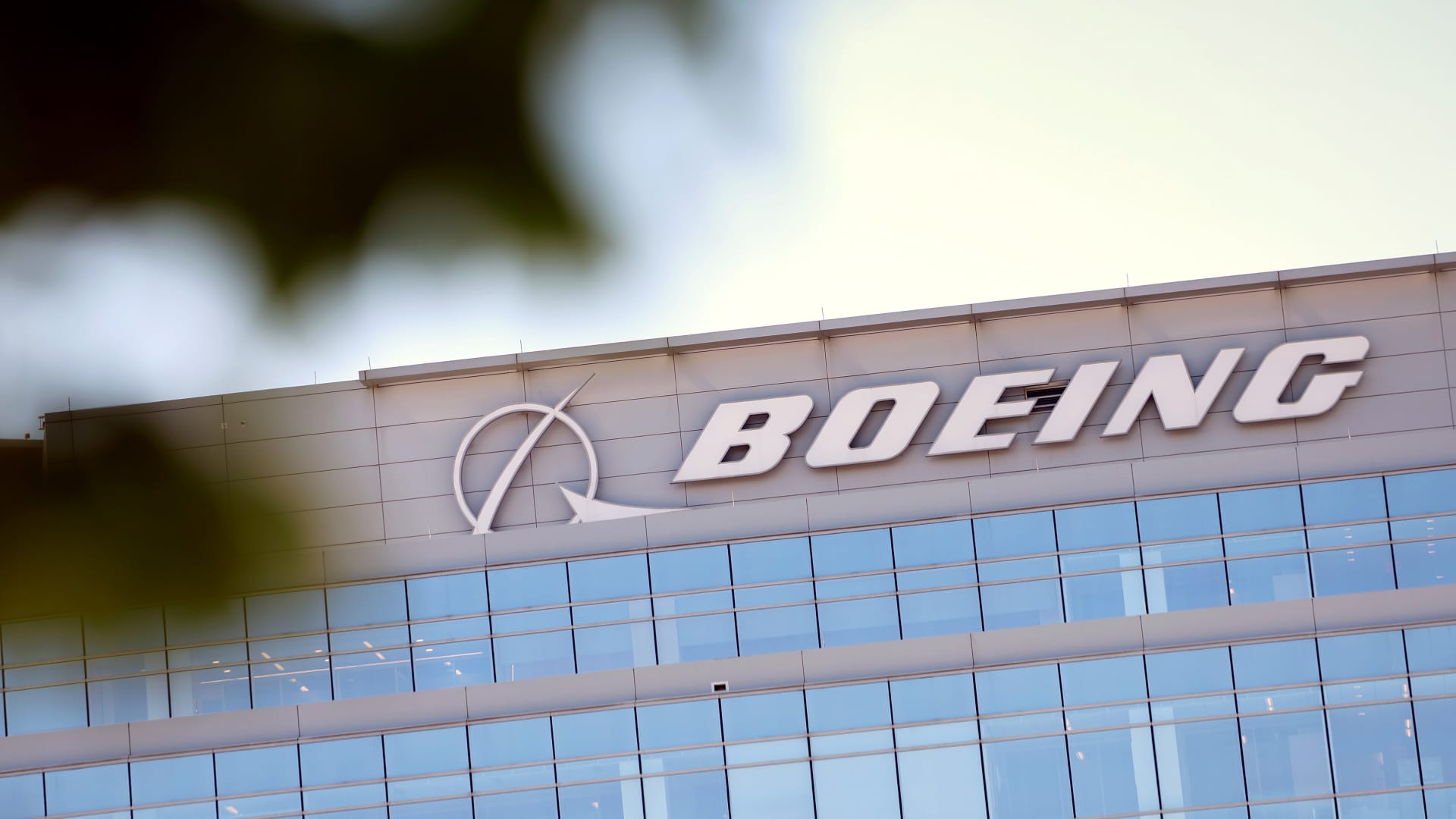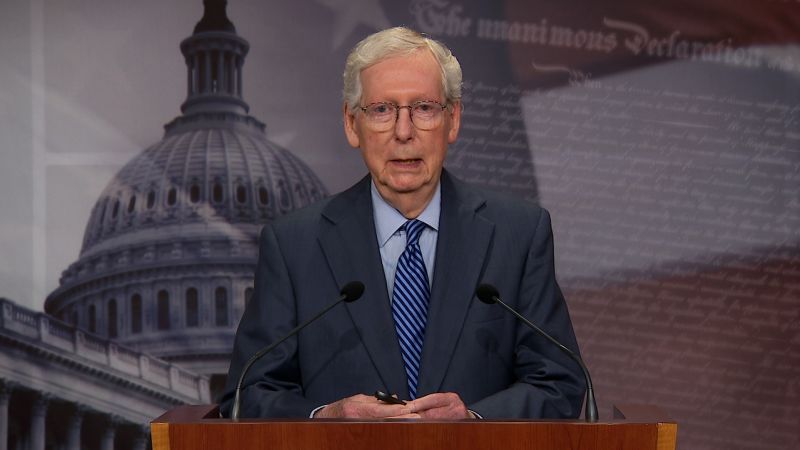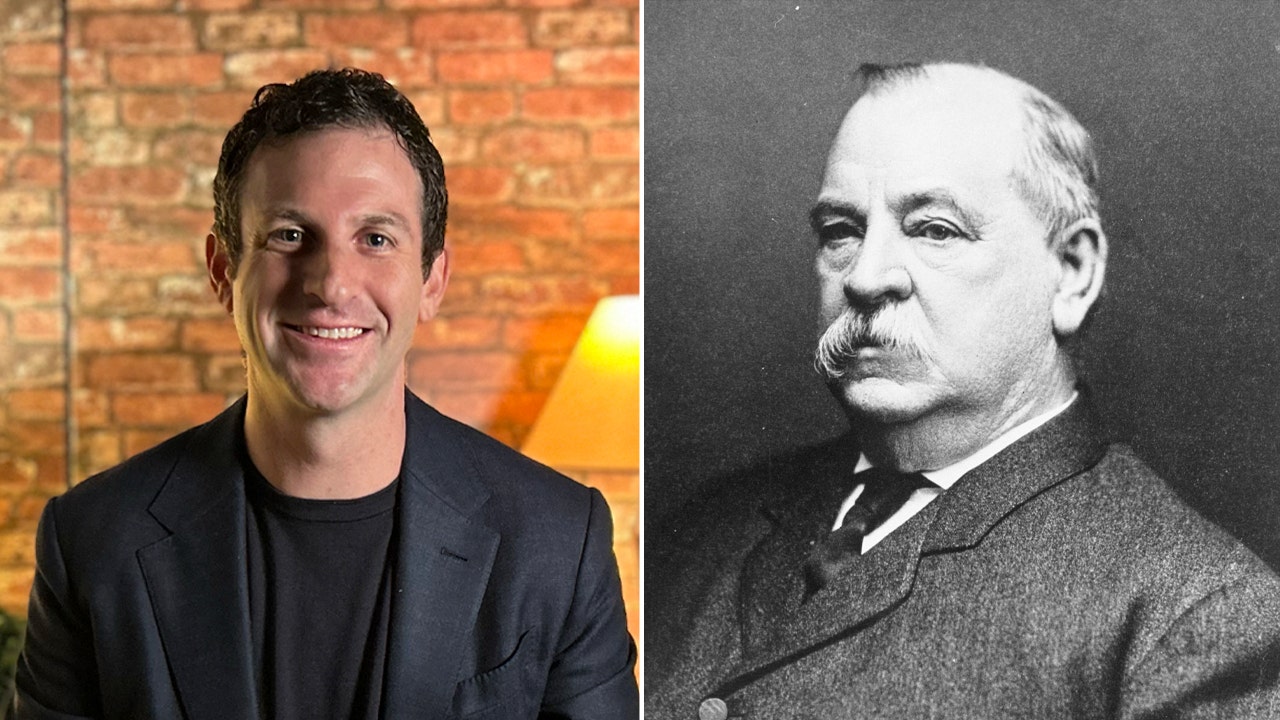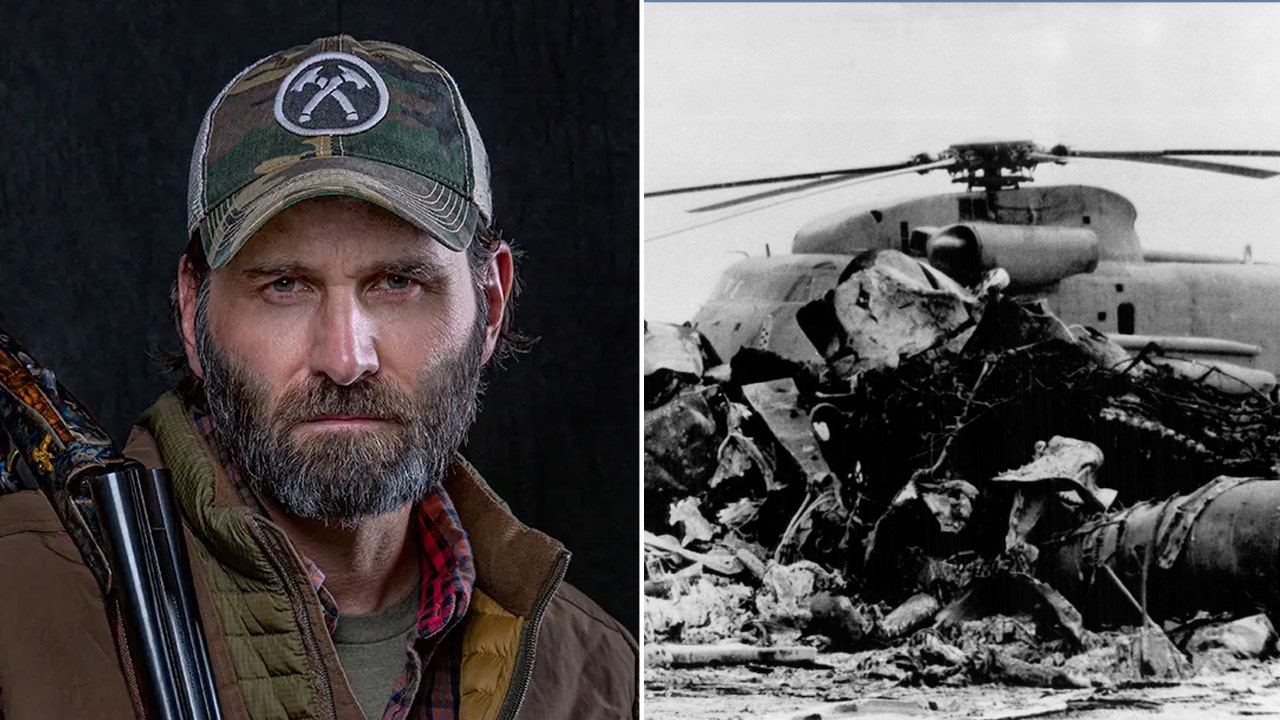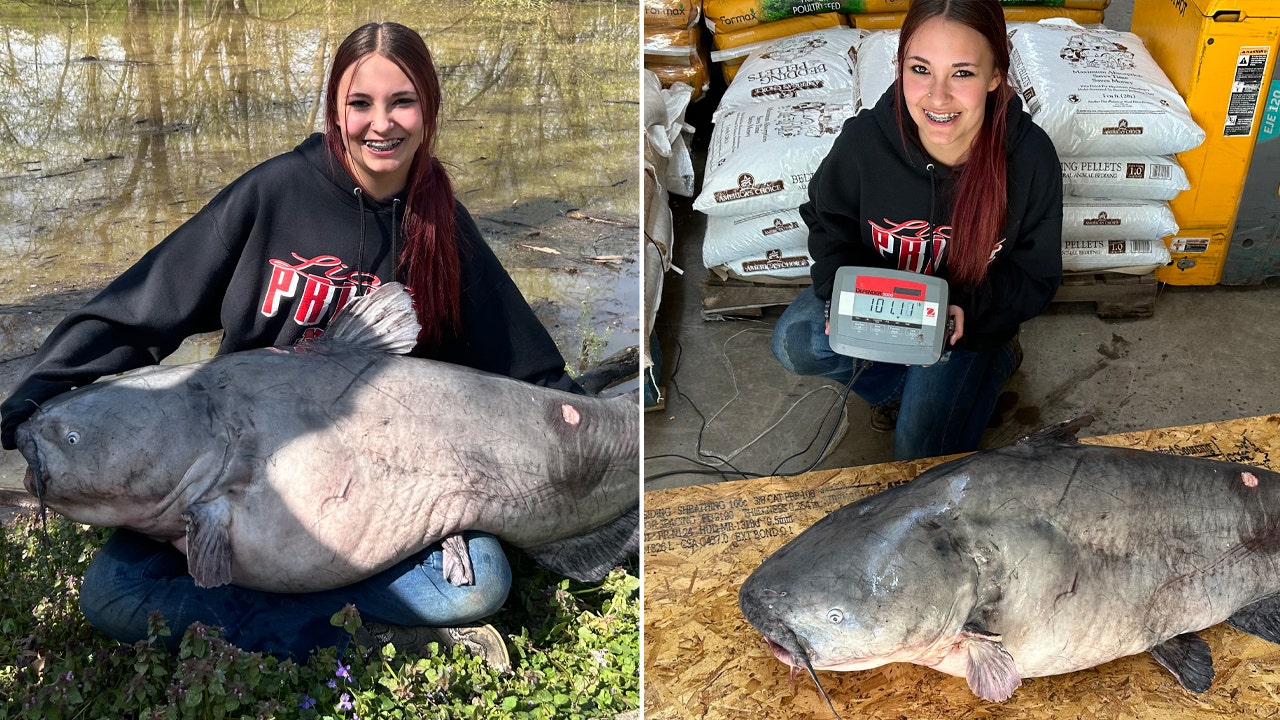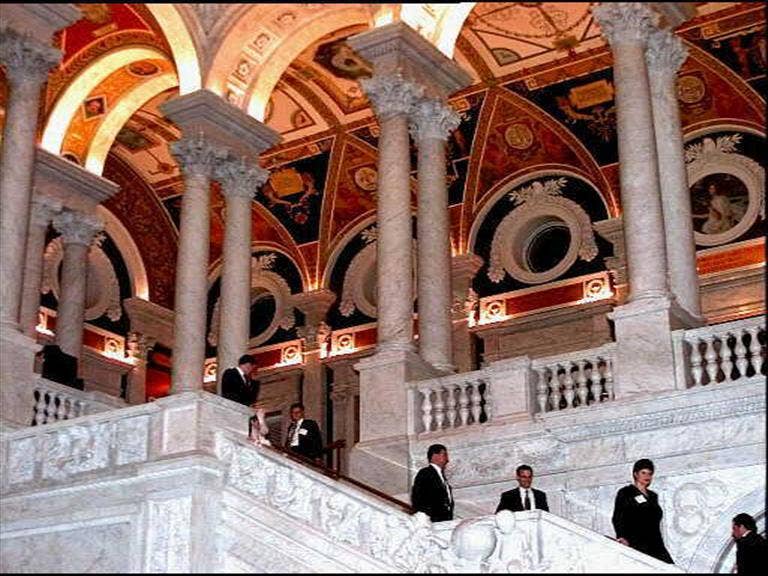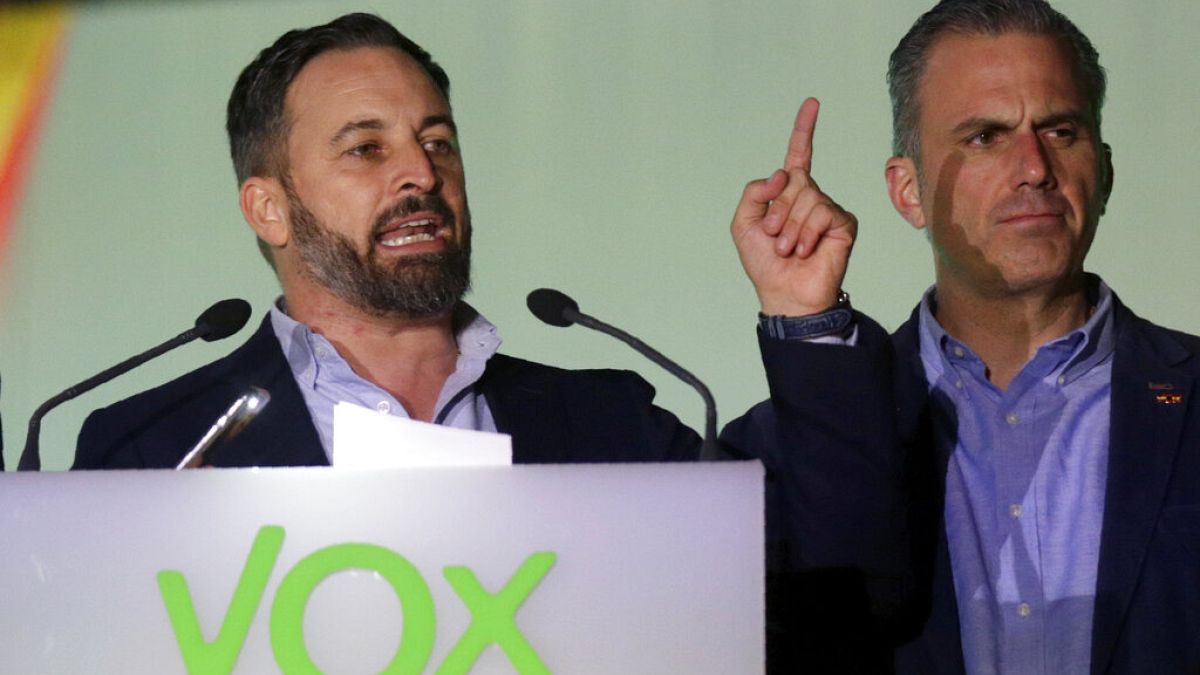EXCLUSIVE: Donald Trump is tempting fate, and history, by running for a nonconsecutive term as president.
He’s ahead in many polls today, but former presidents before him have tried, and failed, to get their old job back.
And the only one who succeeded, Grover Cleveland, left the White House with regrets.
JARED COHEN, BESTSELLING AUTHOR, TO RELEASE ‘LIFE AFTER POWER,’ NEW BOOK ON SEVEN FORMER US PRESIDENTS
The lesson of history is that a presidential comeback is easy to try for, almost impossible to achieve — and always hard to do well.
The truth is that former presidents are usually bad at running for president. Martin Van Buren — the only president who spoke English as a second language (he spoke Dutch as a child) — was defeated for re-election in 1840. But he then ran as an anti-slavery Free Soiler in 1848.
Twelve years before America was ready for Abraham Lincoln, Van Buren didn’t win a single vote in the Electoral College.
Next up was former President Millard Fillmore, who ran as a nativist “Know Nothing” in 1856. He did a little better – eight electoral votes, all from Maryland.
Van Buren and Fillmore aren’t household names. So what if the candidate has universal name recognition and celebrity status? Unfortunately, when former President Ulysses S. Grant ran for a nonconsecutive third term in 1880, he lost the Republican nomination on the 34th ballot.
AFTER THEY LEAVE THE WHITE HOUSE, WHAT SHOULD AMERICA DO WITH OUR EX-PRESIDENTS?
Who won? James Garfield, a man who wasn’t even running.
By the time Cleveland’s second term started, he may have wished he’d stayed at home.
Then the larger-than-life Theodore Roosevelt famously ran as a Bull Moose in 1912, taking on his chosen successor, William Howard Taft.
That decision to split the Republican vote handed the presidency to Woodrow Wilson.
Former presidents with well-known but polarizing names do even worse.
CRISIS ON COLLEGE CAMPUSES: WHAT UNIVERSITY PRESIDENTS CAN LEARN FROM THE FOUNDING FATHERS
Herbert Hoover was tempted to run again in 1936 and 1940, at the height of the Great Depression and just before World War II.
His potential campaigns never got off the ground. With 2% in the polls heading into the 1940 GOP convention, he took to the stage only to have his microphone malfunction.
With the party faithful yelling, “We can’t hear you! Louder!” Hoover’s presidential comeback went out with an inaudible whimper.
But for every rule, there’s an exception. Grover Cleveland, a man who three years prior was a no-name lawyer in Buffalo, New York, ran for president in 1884 and won. He then lost in 1888, only to get his job back again in 1892.

That made Grover Cleveland America’s 22nd and 24th president. But by the time his second term started, he may have wished he’d stayed at home.
Few people remember Cleveland, but he was the only Democrat to win the White House between 1856 and 1912.
During his time in office, he had a hand in some of the most important debates that have shaped the United States to this day, about the tradeoffs between interventionist and isolationist foreign policies, protectionism and free trade, the rise of Wall Street and organized labor, clashes between elites and populists, and, of course, inflation.
ON THIS DAY IN HISTORY, MAY 9, 1914, PRESIDENT WOODROW WILSON ISSUES PROCLAMATION CREATING MOTHERS DAY
He ran for his nonconsecutive term for all the right reasons. He didn’t want power for the sake of it.
He’d entered the White House the first time as a bachelor, but left it with a beautiful wife named Frances, the youngest first lady in American history, with whom he hoped to start a family in bustling Manhattan.
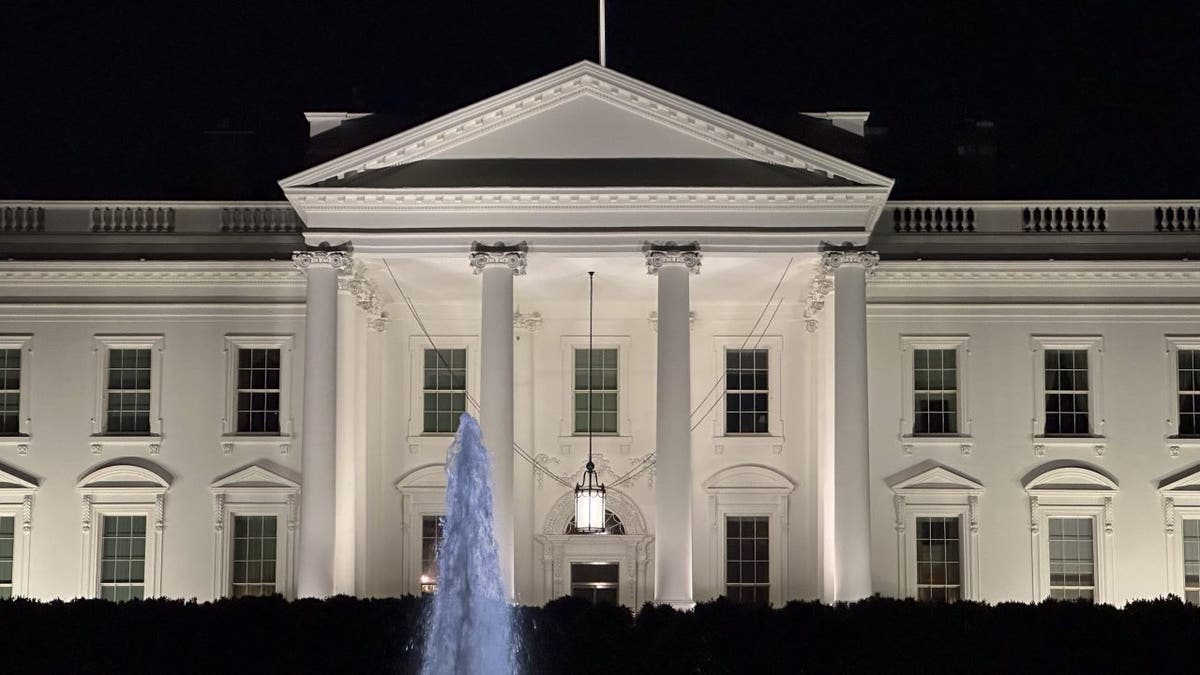
But he believed in his principles, and so returned to public service.
When the small-government Cleveland saw his Republican successor, Benjamin Harrison, sign America’s first-ever billion-dollar federal budget and move away from sound money and free trade, he worried his country was heading in the wrong direction.
Cleveland worried his country was heading in the wrong direction.
With no Democratic alternative other than a New York party boss or a rising populist wing, Cleveland, the humble son of a minister, asked, “Is it ordained that I am to be the instrument through which democratic principles can be saved?”
The once and future president entered office again with a plan, but his second presidency was a challenge from day one. Without Washington’s consent, a detachment of U.S. Marines had helped overthrow the Hawaiian monarchy, throwing America into a foreign-policy crisis in the Pacific.
PRESIDENTS DAY: FASCINATING FACTS TO KNOW ABOUT AMERICA’S GREATEST LEADERS
The economy was tanking, with gold reserves at record lows and banks closing across the country in the panic of 1893.
A few months later, a strike by employees of the Pullman Palace Car Company in Chicago turned violent, shutting down railroad traffic in the middle of the country and threatening to ignite another civil war, but this time over class, not race.
To top it all off, Grover Cleveland re-entered office sick — he had cancer.
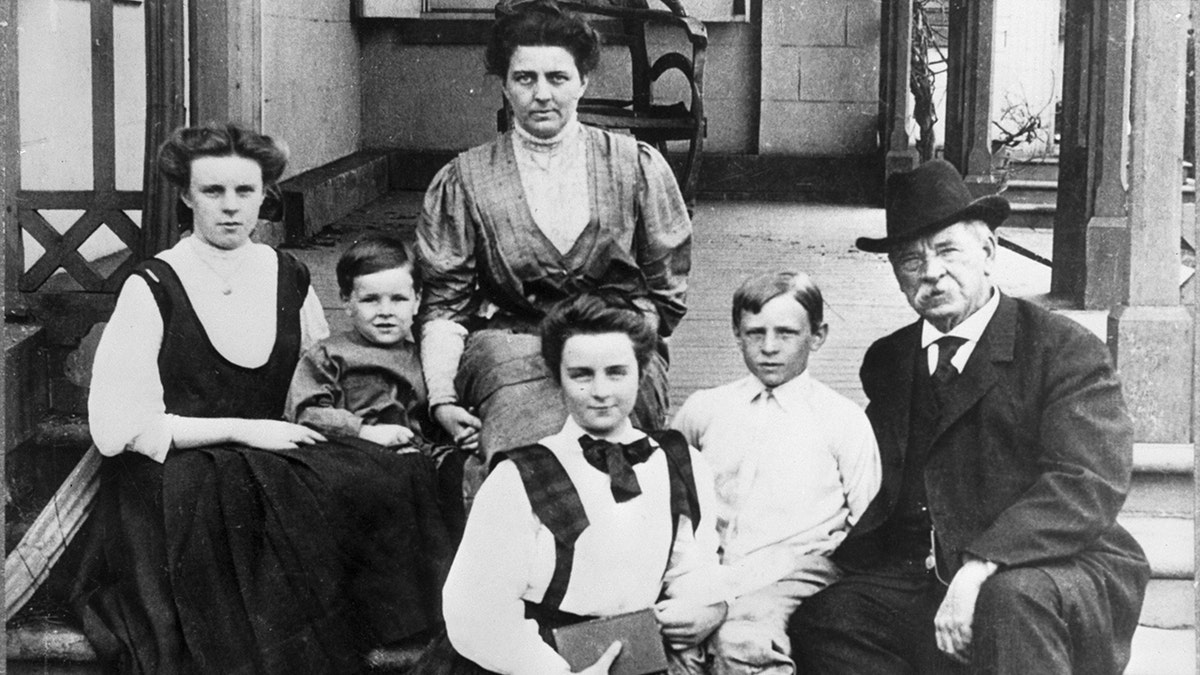
Worried that an ailing president would make the panic even worse, he had a secret surgery aboard a friend’s yacht, numbed with a cocaine solution below decks and away from the prying eyes of the press and even his own vice president.
It wasn’t all for naught. Cleveland left office the second time with successes on everything from civil-service reform, to the money supply, to his role in strengthening America’s Navy and enforcing the Monroe Doctrine in a dispute between Great Britain and Venezuela.
When a friend later asked Cleveland, “What shall we do with our ex-presidents?” he responded that they should be taken out to a five-acre lot and shot.
But from the beginning, his second administration was plagued by what he called “unusually and especially perplexing difficulties,” often out of his control.
With his second term coming to a close, the Democratic Party nominated the 36-year-old prairie populist William Jenning Bryan, who ran on an explicitly anti–Cleveland platform and lost in spectacular fashion to William McKinley.
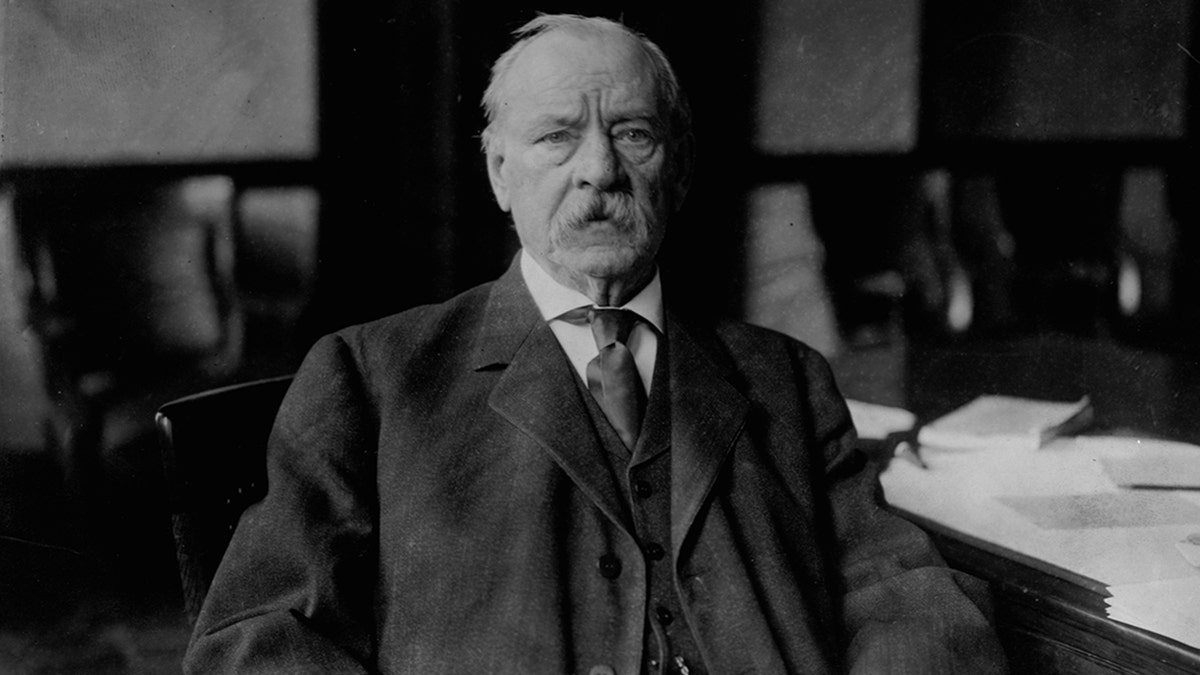
When a friend later asked Cleveland, “What shall we do with our ex-presidents?” he responded that they should be taken out to a five-acre lot and shot.
Then Cleveland thought better of it and concluded, “A five-acre lot seems needlessly large, and in the second place, an ex-president has already suffered enough.”
Grover Cleveland lived out his final days in New Jersey, where he served on the board of Princeton University and did battle in the faculty lounge with the school’s president, an ambitious academic named Woodrow Wilson.
Had the two gotten along better, it’s possible that Wilson would have stayed on campus, never run for president, and the 20th century would have turned out very differently.
Donald Trump is not Grover Cleveland, and the journey that began more than eight years ago on a golden escalator has taken America’s 45th president, and the country, in a direction that no one could have predicted.
But even if he wins his party’s nomination, much less the White House, Trump may soon learn that presidential comebacks are not all they’re cracked up to be.
Excerpted from “Life After Power: Seven Presidents and Their Search for Purpose Beyond the White House,” © copyright Jared Cohen (Simon & Schuster, Feb. 2024), by special arrangement. All rights reserved.
Stay tuned for more excerpts from “Life After Power” at Fox News Digital.
For more Lifestyle articles, visit www.foxnews.com/lifestyle.

